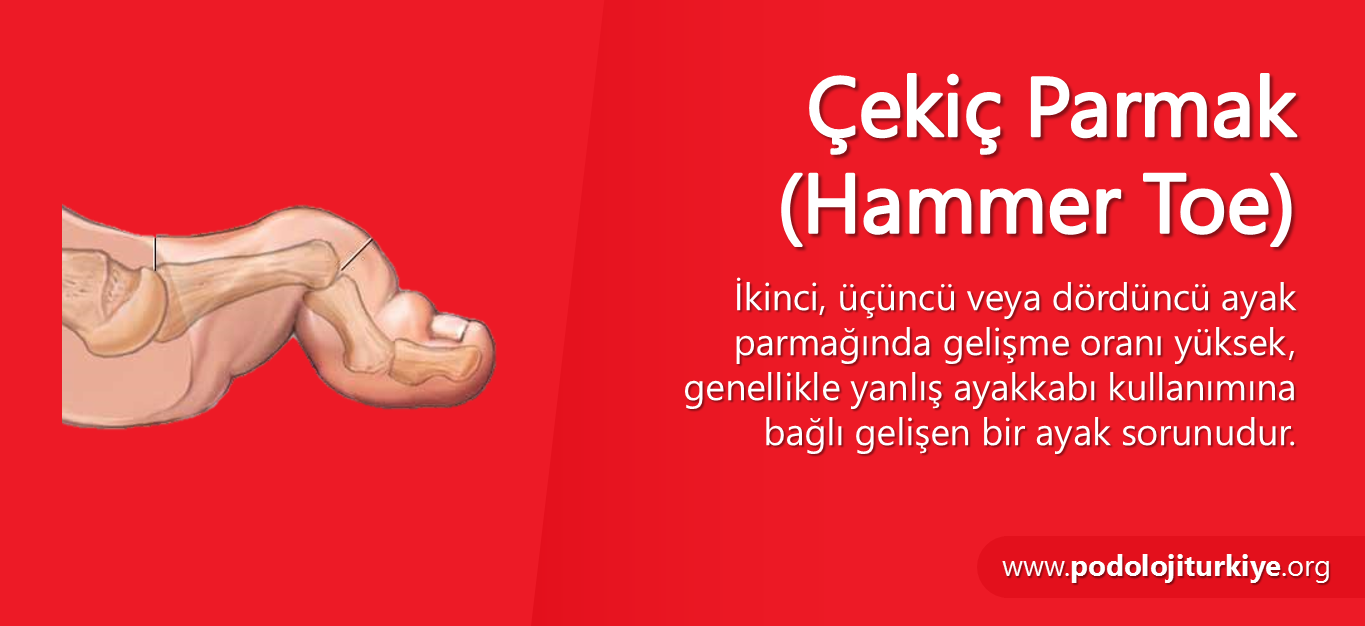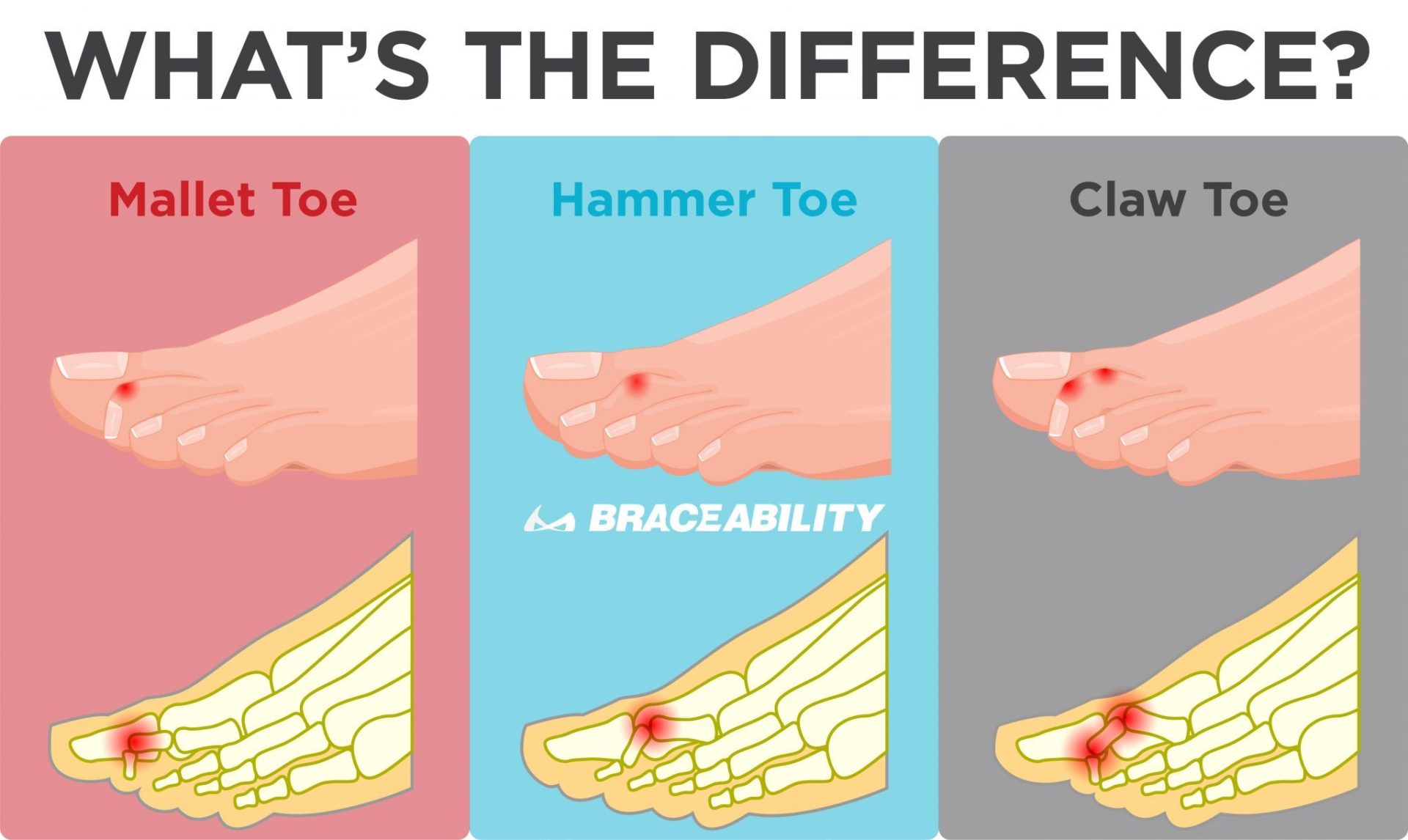

inflammatory joint diseases, such as arthritis.muscle imbalances that are unrelated to footwear.neuromuscular conditions, which affect the muscles, nerves that control muscles, or the communication between the nerves and muscles.Other health conditionsĬertain health conditions can raise the risk of hammer toe. But the American College of Foot and Ankle Surgeons (ACFAS) notes that earlier trauma to the toe may contribute to its development later on. Hammer toe is not the direct result of an injury. The toe problems included calluses, bunions, and hammer toe. This may be because, in some cultures, women are more likely to wear shoes that constrict or place pressure on the toes, making hammer toe more likely.Ī 2021 cross-sectional study from Malaysia found a significantly higher rate of toe problems in young women who wore high heels to work than in those who wore other types of shoes. In the 2013 study, half of women participants ages 70 years or older had a lesser toe deformity. Hammer toe is more common in older adults, particularly among women. The researchers found that these conditions are highly heritable among this population, meaning that if a relative has hammer toe, others in their family may be more likely to get it.īut as the study did not look at families from other parts of the world, or other races and ethnicities, it is unclear if this applies to all people. Some people may be more likely to develop hammer toe due to genetics.Īn older 2013 study examined the incidence of toe deformities, including hammer toe, among 2,446 white European participants using data from 2002–2008. Bunions occur when a bone growth develops on the base joint of the big toe, causing it to lean toward the other toes.

Hammer toe is also more common in people with other foot conditions, such as flat feet or bunions.įlat feet is when a person has no visible arch when they place their feet on a flat surface. Long toes may increase the likelihood that the toe will become bent or squashed by tight or heeled shoes. Toe length and foot postureĪ 2021 article notes that hammer toe is more common in toes that are longer.

Corns and calluses from tight shoes can also aggravate the condition. This tightening, along with other factors, is what leads to hammer toe in many cases. Eventually, they are unable to straighten out, even when wearing more spacious shoes. When the toes stay in this position a long time, the muscles that allow the toes to straighten out become tight and less able to work. Shoes that are too tight in the toe box or have a high heel can force toes into a bent or flexed position.

Several factors may contribute to this imbalance, including: Footwear An imbalance in the muscles and tendons that surround the middle toe joint causes hammer toe.


 0 kommentar(er)
0 kommentar(er)
